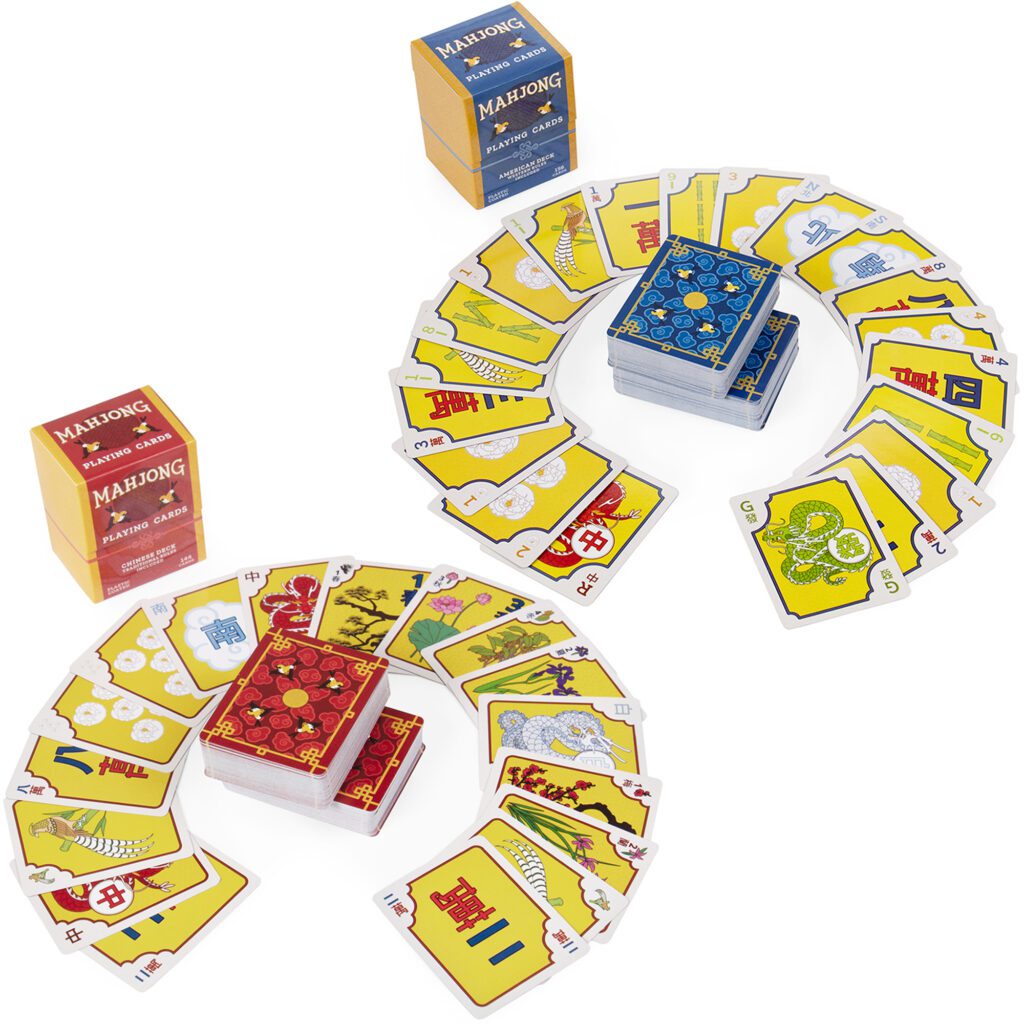Mahjong is a tile-based game with origins traced back to the Qing Dynasty in China. The classic version of Mahjong is played with 136 tiles divided into three main suits: Bamboo, Characters, and Circles. Modern Mahjong has emerged with different rules, fast-paced play and more extensive tile sets. American, Japanese and Korean versions also have unique features and game play. Mahjong’s evolution continues with new versions and variations emerging each year, and as more people discover the joy of playing the game, it will undoubtedly continue to provide entertainment, enjoyment, and social interaction for decades to come.
From Classic to Modern: Exploring the Evolution of Mahjong Games
Mahjong is a popular Chinese tile-based game that is widely played across the world. It has been around for centuries and has gained popularity not only in China but also in other countries such as Japan, Korea, and the United States. The game has evolved over time, from its classic form to its modern versions. Let’s take a closer look at the evolution of Mahjong games.
Origin of Mahjong
The origin of Mahjong is a bit fuzzy, with no clear and concise history of its invention. However, popular consensus traces the game back to the Qing dynasty in China. It is believed that the game was invented by someone in the Ningbo region, although the inventor’s identity remains unknown. Mahjong as a game, however, gained widespread popularity in Shanghai during the early 20th century.
Classic Mahjong
The classic version of Mahjong is the game that most people envision when they think of Mahjong. This version is played with 136 tiles, which are divided into three main suits: Bamboo, Characters, and Circles. There are also special tiles known as Honor tiles, which are divided into three groups: Dragons, Winds, and Flowers. The classic game requires four players, and each player starts with 13 tiles. The player who forms a complete set of 14 tiles first wins the game.
Modern Mahjong
As time passed, various versions of Mahjong have emerged with different rules and tile sets. Modern Mahjong evolved from classic Mahjong, and it is played with a more extensive and diverse tile set. Modern Mahjong typically has more than 136 tiles, with various types of suits and special tiles. The game is fast-paced, with rules that promote aggressive play and quick decision-making.
American Mahjong
American Mahjong is a popular version of Mahjong in the United States. It is played with 152 tiles and has several differences from the classic version. In this game, players can make multiple combinations of tiles to win, unlike the classic version, where players must form a single set of 14 tiles. American Mahjong allows players to call out for tiles they need to complete their hands, and players can earn bonus points by winning on a specific tile or with a combination of tiles.
Japanese Mahjong
Japanese Mahjong, also known as Riichi Mahjong, is one of the more challenging versions of Mahjong. It is played with a set of 136 tiles and has a more elaborate scoring system than other versions. The game is played with four players, and each player starts with 13 tiles. Japanese Mahjong has a unique gameplay style that emphasizes strategic thinking and careful planning. It also has a significant luck factor, making it an exciting and exhilarating game to play.
Korean Mahjong
Korean Mahjong is a version of Mahjong that is played in Korea. It is similar to other versions of Mahjong but has a few unique features. In this game, the tiles consist of Korean characters instead of Chinese characters. Korean Mahjong is usually played with only three players, and each player starts with 16 tiles. The game is known for its fast-paced and aggressive gameplay, with players competing to win by completing sets of tiles as quickly as possible.
The Future of Mahjong
Mahjong is a game that has stood the test of time and has evolved over centuries to become one of the most iconic games in the world. Its evolution continues, with new versions and variations emerging with each passing year. The game has become an integral part of world culture and will continue to do so in the future. As more people discover the joy of playing Mahjong, it will undoubtedly continue to provide entertainment, enjoyment, and social interaction for decades to come.
Conclusion
Mahjong is a game that has transcended borders, cultures, and time. Its evolution from a classic game to modern versions shows that the game has adapted to changing times and tastes. With different versions of the game available today, there’s a Mahjong version for everyone. No matter which version you prefer, one thing is for sure: Mahjong is a game that will continue to captivate new generations for years to come.
